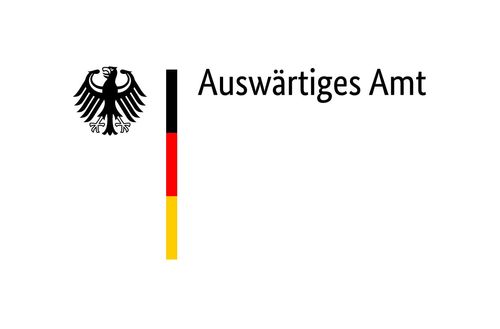Musée d‘ethnographie de l‘Université de Bordeaux
Documentation of the Ethnographic Museum of the Nenets in Naryan-Mar on the drill
"In earlier times, the Nenets made all their household items and tools themselves, using natural materials – primarily wood. They collected it during their migrations through the tundra and forested areas. The types of wood included spruce, birch, alder, and larch.
The traditional tools used by the Nenets included an axe, various kinds of knives, an awl, a chisel, a gouge, and a saw, as well as a hand drill – parya. This tool is still used today for making sleds and other household items essential for life in the tundra. A hand drill consists of several parts: a 30–40 cm long wooden rod, a socket or spindle, a metal tip, a leather strap, and a slightly curved wooden bow about 35 to 50 cm in length. The wooden rod has holes through which the strap is threaded and knotted at the ends. The metal parts were made from available materials, such as the tines of old forks.
Using the drill is not difficult: you hold the spindle in your left hand and move the bow back and forth with your right. This motion causes the strap to rotate the drill bit.
The prototype of this drill was likely a fire-starting tool. During the Mesolithic period, humans began developing tools for making fire. Soon, the drill became indispensable for crafting many traditional objects – fishing gear, traps, transport equipment, and shelters. Alongside factory-made tools and equipment, the Nenets still use the parja today. Given the need for mobility and the lack of electricity in remote areas, it remains one of the most important tools in Nenets daily life.
Created by Larisa Prokopevna Latysheva and Elena Gennadievna Menshakova, Naryan-Mar, 2024.



